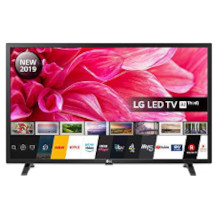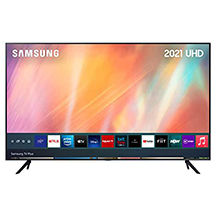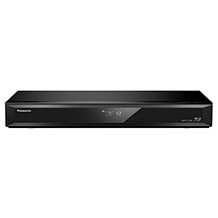32-inch TV purchasing advice: how to choose the right product
- The most important facts in brief
- 32-inch TVs have a screen diagonal of 81 centimetres.
- They are ideal where space is limited and are suitable as second sets.
- Most 32-inch TVs are equipped with a triple tuner and Full HD.
- When buying, consumers should pay attention to the number of connections and a good price-performance ratio.
What makes a 32-inch TV stand out?
According to a 2018 survey by Statista, around 34 per cent of German households have two or more televisions. Many consumers prefer the impressive devices from 50 inches upwards, which, however, require a correspondingly large space, which is not available in every living room. Compact 32-inch TVs are ideal for small rooms and are often used as second TVs.
Modern 32-inch TVs are flat-screen sets that usually have several connection options for external devices such as game consoles or DVD players. The screen diagonal is 81 centimetres, but may well vary between 80 and 82 centimetres depending on the manufacturer. Ultra-HD or 4K resolution are rarely available in this size segment, and 3D technology, which is no longer very popular anyway, is also hardly to be found here.
Most 32-inch TVs offer HD-ready or Full HD resolution; many models are also designed as Smart TVs. In contrast to the TV giants from 50 inches upwards, they take up little space and are therefore much more flexible in terms of location. They are therefore often the better choice, especially for narrow flats and small rooms and as a second TV.
32-inch TVs – which variants are available?
Unfortunately, consumers look in vain for modern OLED technology in compact 32-inch TVs, where Full HD predominates. 32-inch sets are predominantly LED TVs that use LED backlighting. The liquid crystal displays (LCD) consist of different sections in which the orientation of the liquid crystals is influenced and controlled by electrical voltage. The liquid crystal cells are controlled individually, absorb the incident light to varying degrees and create the impression of a self-luminous image.
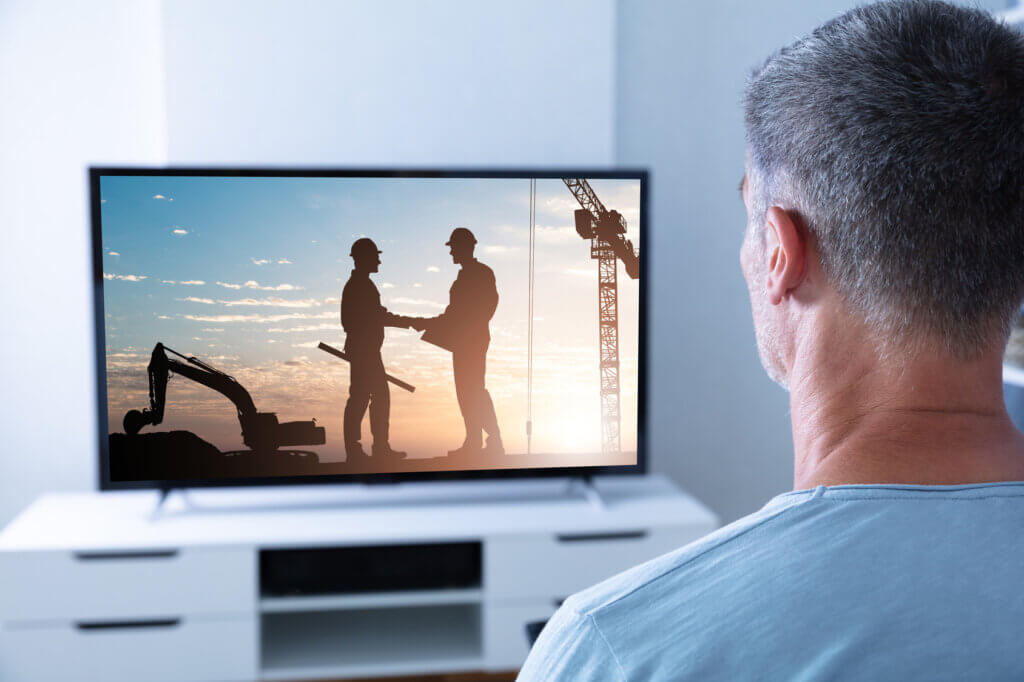
In terms of features, there are only minor differences in modern 32-inch TVs. Older models without a triple tuner are still available in some shops, but this is now standard equipment and enables TV reception via satellite (DVB-S), cable (DVB-C) or antenna (DVB-T). The triple tuner saves the additional purchase of a receiver, so it is worth taking a close look at the product description before buying a TV. Many consumers use streaming services from providers such as Amazon or Netflix, so we should take a look at the Smart TV function.
Tip:
Many devices can be operated via smartphone or tablet. All that is required is a WLAN-capable TV and the installation of an app. In addition to apps specifically designed for the TV in question, there are also variants that can be used to control other devices. As an alternative to control via WLAN, infrared control via smartphone is also possible. This variant offers the advantage that even older TV sets without Wi-Fi can be controlled with the smartphone. In addition to the appropriate app, an infrared adapter is usually required here, as most smartphones are not equipped with an integrated infrared transmitter.
32-inch TVs with Smart TV function: advantages and disadvantages
A smart TV is an internet-capable TV set that has additional interfaces such as WLAN. This equipment, in combination with a broadband connection, enables the use of various online functions such as streaming or surfing the Internet. Smart TV sets offer the following advantages and disadvantages:
Plus Points
- Many functions (TV, streaming, online games and more)
- Can often be controlled via smartphone or tablet
- Browser for surfing the internet
- Different apps
- Equipped with various interfaces
- Thanks to HbbTV, access to additional information from the programme providers is possible
Drawbacks
- Problems possible due to poor internet connection
- Unclear programme guide/app arrangement (on some models)
- Higher purchase price
- Some streaming apps are not available (varies by manufacturer)
Smart models are recommended when consumers
- frequently use streaming services,
- listen to music online,
- play online games and/or
- surf the internet with the TV set.
Buying advice: these factors are relevant
Technical development is advancing in leaps and bounds, and manufacturers such as Samsung, LG or Sony are tempting consumers with ever new functions. Many consumers are often not fully aware of which factors play an important role in the search for the right TV set. In addition to general aspects, individual reasons are also relevant; these include, for example, the budget and the available space. The following selection criteria should be considered when buying a 32-inch TV:
The resolution: HD-Ready or Full HD?
The HD-Ready label has been used by manufacturers since 2005 to identify sets that offer a resolution of 1,280 x 720 pixels and was introduced by EICTA (European Information, Communications and Consumer Electronics Industry Technology Association). A significantly better picture is offered by devices with Full-HD, which have a resolution of 1,920 x 1080 pixels. Compared to HD-Ready, the picture is sharper and more detailed with Full-HD. Most 32-inch TVs are equipped with Full-HD; HD-Ready sets are only available in isolated cases.
Smart TV functions
The devices with smart TV functions are basically a combination of TV and PC that enable gaming and surfing the Internet in addition to TV consumption. Via HDMI, TV sets without Smart TV functions can also be used to use streaming offers, for example by special sticks such as the Amazon Fire TV stick.
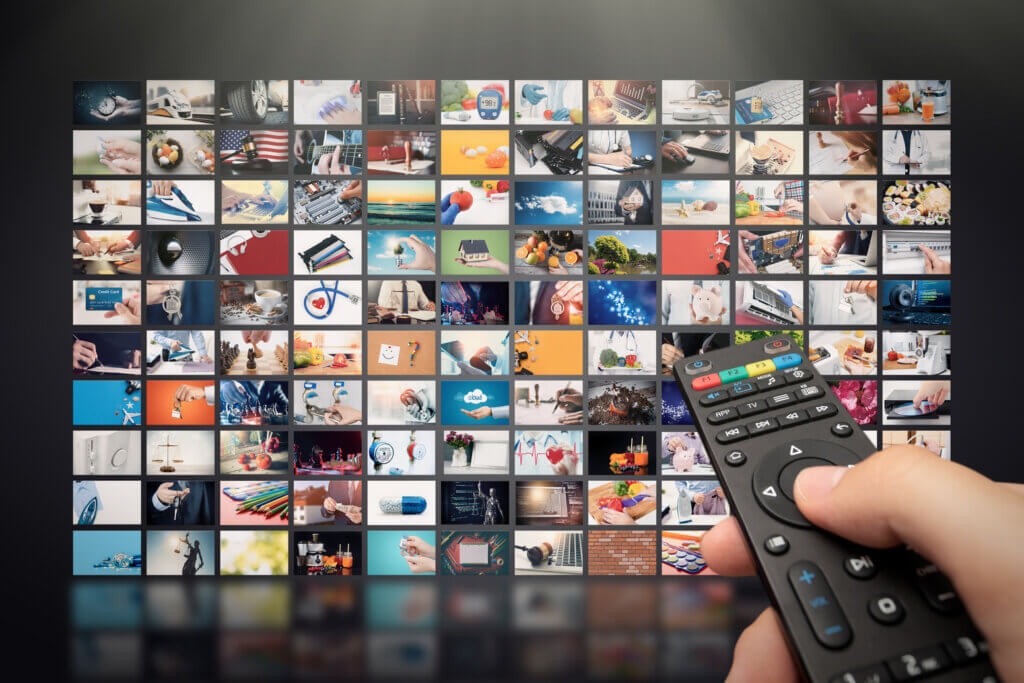
Triple tuner
In the past, consumers still had to pay close attention to the reception specifications when buying a TV, as many sets only enabled one specific type of reception. However, modern TV sets are usually equipped with a triple tuner and can be used for TV reception via cable, satellite or antenna. Only a few models from older series are not equipped with a triple tuner.
The sound
Unfortunately, the sound of most 32-inch TVs leaves room for improvement. This can be remedied by a sound bar, which, however, must be purchased separately. Alternatively, the TV set can be connected to an existing stereo or home cinema system.
The connections
When buying a new TV, customers should make sure that the set is equipped with as many connection options as possible. In addition to the number, the type of connections is also relevant:
- HDMI: connection for external devices such as game consoles, home cinema systems or Blu-ray players (the TV should have several HDMI connections).
- USB: connection for USB sticks, external hard disks or other storage media (the TV set should offer several USB connections)
- Antenna: reception of digital or analogue TV programmes
- CI+ slot: reception of pay TV or private TV channels in HD quality
- Connections for older devices: connection for older speakers or an existing stereo system via cinch connection or optical digital output; SCART connection for older DVD or video players; cinch or S-video connection for older video recorders
When buying a new 32-inch TV, consumers should pay particular attention to ensuring that the set has as many HDMI connections as possible. At least two HDMI connections are recommended, but three or more are better.
Energy consumption
The size of the screen has a major influence on the energy consumption of a TV; smaller sets usually consume much less electricity than the TV giants of 50 inches or more. Electricity costs should not be ignored when buying a new TV, so it is always worth taking a look at the energy efficiency class. Manufacturers indicate this class in the product description, and models from class A or A+ are recommended.
Tips and tricks for care and use of the 32-inch TV set
After purchase, the new TV is usually simply set up, plugged in and switched on. However, most consumers by no means use the full potential of their new 32-inch TV with this approach. Some settings are recommended, as they can significantly improve the viewing experience:
The colour setting
If the picture looks rather bland, pale and low in contrast in the default setting, you can change this via the colour setting. Some manufacturers offer options such as “Cinema” or “Dynamic” in the basic settings; these default settings can usually be individually adjusted in terms of colour, brightness and contrast.
Adjusting the sound
Smaller models often do not have the best speakers installed, so adjusting the sound settings is often recommended. Depending on the provider, different setting options are possible, for example, the “clear voice” variant, which can contribute to better intelligibility, especially for TV content with a lot of dialogue. In any case, connecting a sound bar provides better sound.
Adjusting the sharpness
If the sharpness is set too high, optical loss of detail becomes more noticeable. For this reason, setting the sharpness to “0” can significantly improve the viewing experience in the long run. At first, this setting may be a little unfamiliar, but the eye quickly gets used to it.
Cleaning the 32-inch TV properly
Dust and dirt should be removed regularly to avoid shortening the life of the TV unnecessarily. This is quite possible, because dirt can get into the inside of the TV through openings and cause damage in the long run. The following should be observed when cleaning:
Switch off the television
To be on the safe side, cleaning should not be carried out when the television is switched on. If the television has been in use, allow it to cool down to room temperature before cleaning.
Dusting
Dry cleaning is recommended once or twice a week. In addition to feather dusters, microfibre cloths can also be used. For the corners and the joint between the frame and the display, a fine brush is the best choice, which can also be used to clean the connections and ventilation slots. Special compressed air sprays are available commercially, but should only be used with extreme caution. There is a risk that the dust will be carried into the inside of the television through the ventilation slots and connections.
Wipe with a damp cloth
Moisture should only be used with caution to prevent water and cleaner from getting inside the cabinet. For more stubborn stains, use a slightly damp microfibre cloth.
Cleaning agents
Household cleaners containing citric acid or vinegar are unsuitable, as these agents can damage the material. Cleaners containing petrol or ethanol should also not be used to clean a television. If necessary, a conventional glass cleaner can be used. Special display cleaners are also available in shops.
If a glass or display cleaner is used for cleaning, the agent should never be sprayed directly onto the television. In the worst case, this could lead to the liquid getting into the inside of the TV set via the ventilation slots or connections and causing damage. The cleaner is always sprayed onto the microfibre cloth, which is then used to carefully wipe the TV.
Tests of 32-inch TVs
Please note: We have not tested the 32-inch TVs presented. This is purely a comparison.
Before buying a new product, many consumers are guided by tests conducted, for example, by Stiftung Warentest or ÖKO-TEST. The German consumer organisation Stiftung Warentest enjoys an excellent reputation and has been taking a closer look at different products since the mid-1960s. Televisions with different screen sizes are also tested at regular intervals.
Stiftung Warentest: 32-inch TVs in the test
On the Stiftung Warentest website, interested consumers can currently view the test results for 412 televisions, 183 of which are currently still available. Of the 41 32-inch TVs tested so far, 15 are currently still available in stores, including the models tested in 2018 and 2019 from the manufacturers Philips, Panasonic, LG, Hisense and Grundig.
Different TVs with a screen size of up to 43 inches were tested in 2018. The test winner was a 43-inch device from LG, which received an overall rating of 2.1 (“Good”). In the 32-inch category, the models 32LK6200 from LG and H32A5600 from Hisense were particularly convincing. The 32-inch TV from LG received an overall mark of 2.9 (“Satisfactory”) in the test and convinced the test experts in particular with its good handling and good viewing angle. In the sound category, however, it only convinced the testers a little and received a test mark of 3.6 here. The model from Hisense was given an overall mark of 3.0 (“Satisfactory”). The test experts concluded that in terms of picture quality, TVs from 40 inches upwards are the better choice.
Computer BILD: 32-inch TVs in test
Computer BILD magazine published a test of 32-inch televisions in February 2019. A total of seven current models were put to the test. The test winner was the model 32LK6200PLA from LG, which received an overall grade of 2.6 (“Satisfactory”). The ease of use, the numerous additional functions and the good picture quality were convincing. The test experts from Computer BILD attested the TV a wide viewing angle and praised the very good Smart TV functions and the large number of apps. The mediocre sound quality and the low number of sound outputs were not up to scratch.
The Panasonic TX-32FSW504 came in second. The main praise was for the good picture, the smart TV functions and the very good sorting options. On the negative side, the somewhat powerless sound and the low number of connections. Overall, this model was rated 2.7 (“Satisfactory”). Third place went to the H32A5840 TV from Hisense with an overall rating of 2.8 (“Satisfactory”). Praise was given here for the fast operating speed, the really good sound for the size and the good menu navigation. However, the testers criticised the somewhat sparse features as well as the disturbing light effects in dark areas of the picture.

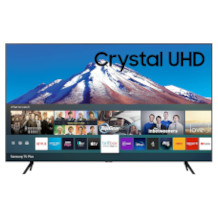
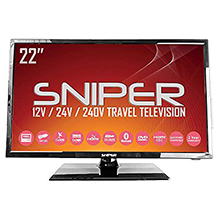
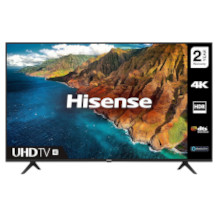
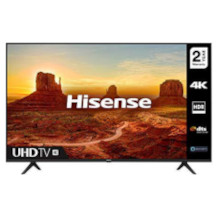
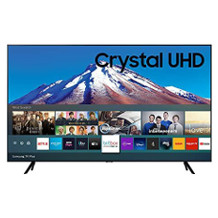
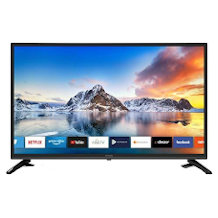
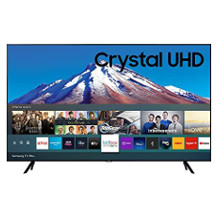
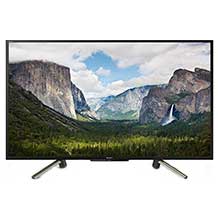
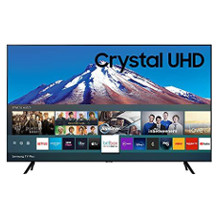
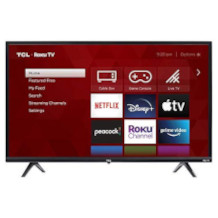
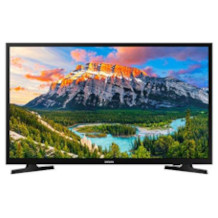
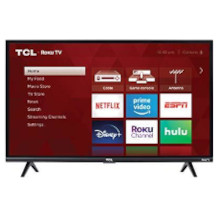

 no reviews
no reviews
